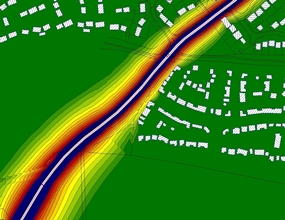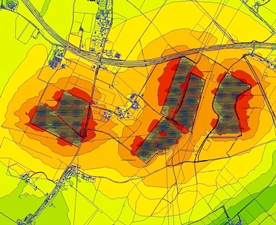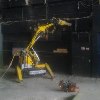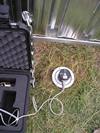Following our 50 year milestone as a partnership in April 2020, we have this year made the switch to a limited company and, despite the fallout from the pandemic, we continue to deliver our usual first class service, putting our clients at the heart of our business.
Life is nothing if not change and a number of changes have taken place in the last 12 months. Dr Paul Cockcroft has now joined the ranks of retired past Partners with Dr Angus Walker and Colin Beak.
We said goodbye to Hannah Karban at the end of March 2021, who relocated to be with her fiancée in East Anglia, and mid-year also a farewell to David Littlewood, our Graduate Consultant, who was seeking a technical laboratory / research based post.
Rachel Canham has driven forward the limited company status as Director of the business and Dr Richard Lyons is continuing with the business as the Principal Consultant, more than ably supported by Dr Robert Storey as Senior Consultant.
To keep up with our expanding workload we are very pleased to welcome three new members of staff this year. Sarah Large has joined WBM as Senior Consultant from MAS, bringing additional strength and breadth of knowledge to the team. Jack Semple has recently joined us as Graduate Consultant and is very keen to contribute to our growing portfolio of work.
In addition to the technical work, WBM are now supported on the management and administration side by Sheena Wells, who brings much experience from working within construction based companies to our business.
As we move into April, we feel poised for the next decade of continuing to provide a first class service to all our existing and new clients. We would like to thank you for continuing to use our services and for your excellent loyalty and trust, both in the past and into the future.



 Trocadero Hotel & Cinema London
Trocadero Hotel & Cinema London Skanska Canvey Island
Skanska Canvey Island Bolingbroke Academy London
Bolingbroke Academy London Noise at work assessments usually include surveys of relevant work activities, using sound level meters and/or dosemeters. The noise measurements are undertaken at (or at a location representative of) an employee’s ear. The survey results are compared with the action and limit values set out in the Control of Noise at Work Regulations 2005 and recommendations provided on the use of hearing protection. Advice regarding noise mitigation can also be given.
Noise at work assessments usually include surveys of relevant work activities, using sound level meters and/or dosemeters. The noise measurements are undertaken at (or at a location representative of) an employee’s ear. The survey results are compared with the action and limit values set out in the Control of Noise at Work Regulations 2005 and recommendations provided on the use of hearing protection. Advice regarding noise mitigation can also be given.